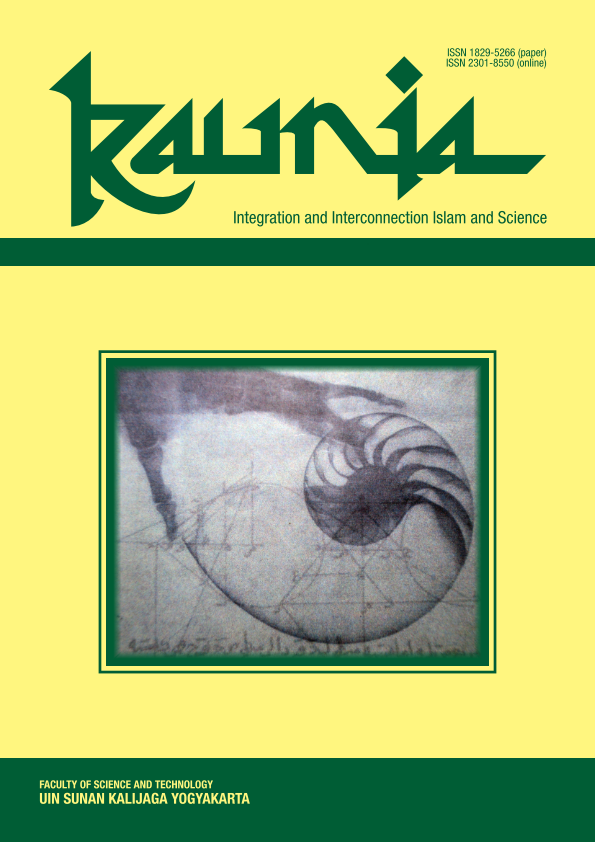Histology Media with Integration-Interconnection Content in Biology Learning
DOI:
https://doi.org/10.14421/kaunia.1324Keywords:
Histology Media, Integration-Interconnection, Learning ResultAbstract
This study aims to find out the histological structure of testes and ovaries in marmot (Cavia cobaya), and determine the effect of histology media with integration-interconnection content to student learning result. This study included Quasi Experimental research with non equivalent control group design. The sample was selected using purposive sampling technique and using two classes, experimental class given treatment histology media with integration-interconnection content, and control class with normal learning. The data collection instrument uses multiple choice test data (pretest and posttest). Data analysis techniques uses descriptive analysis for histology and t-test statistics. The results of the research have shown that 1) the histological structure of testicular marmots (Cavia cobaya) consists of spermatogonia, primary spermatocytes, secondary spermatocytes, spermatids, sperm, Sertoli cells and Leydig cells. While the histological structure of ovaries marmots (Cavia cobaya) consists of primordial follicles, primary follicles, secondary follicles, tertiary follicles, atresia follicles, cortex and medulla. 2) Based on the statistical t-test obtained a significance value of 0.00 which means 0.00 <0.05, so the use of histology media with integration-interconnection content positively affects student learning result.
Downloads
Published
How to Cite
Issue
Section
License
All articles published in Kaunia are licensed under a Creative Commons Attribution-NonCommercial-ShareAlike 4.0 International license, with the copyright to these articles held by the journal. Anyone is free to read, download, copy, distribute, print, search, link to full text articles, or transform an article, in any medium or format, provided they do so non-commercially, give appropriate credit to Kaunia, and distribute any derivative work under the same (or equivalent) terms.
By submitting to Kaunia, authors agree to both the terms of the CC BY-NC-SA license and the automatic transfer of the copyright to their article if it is accepted.









